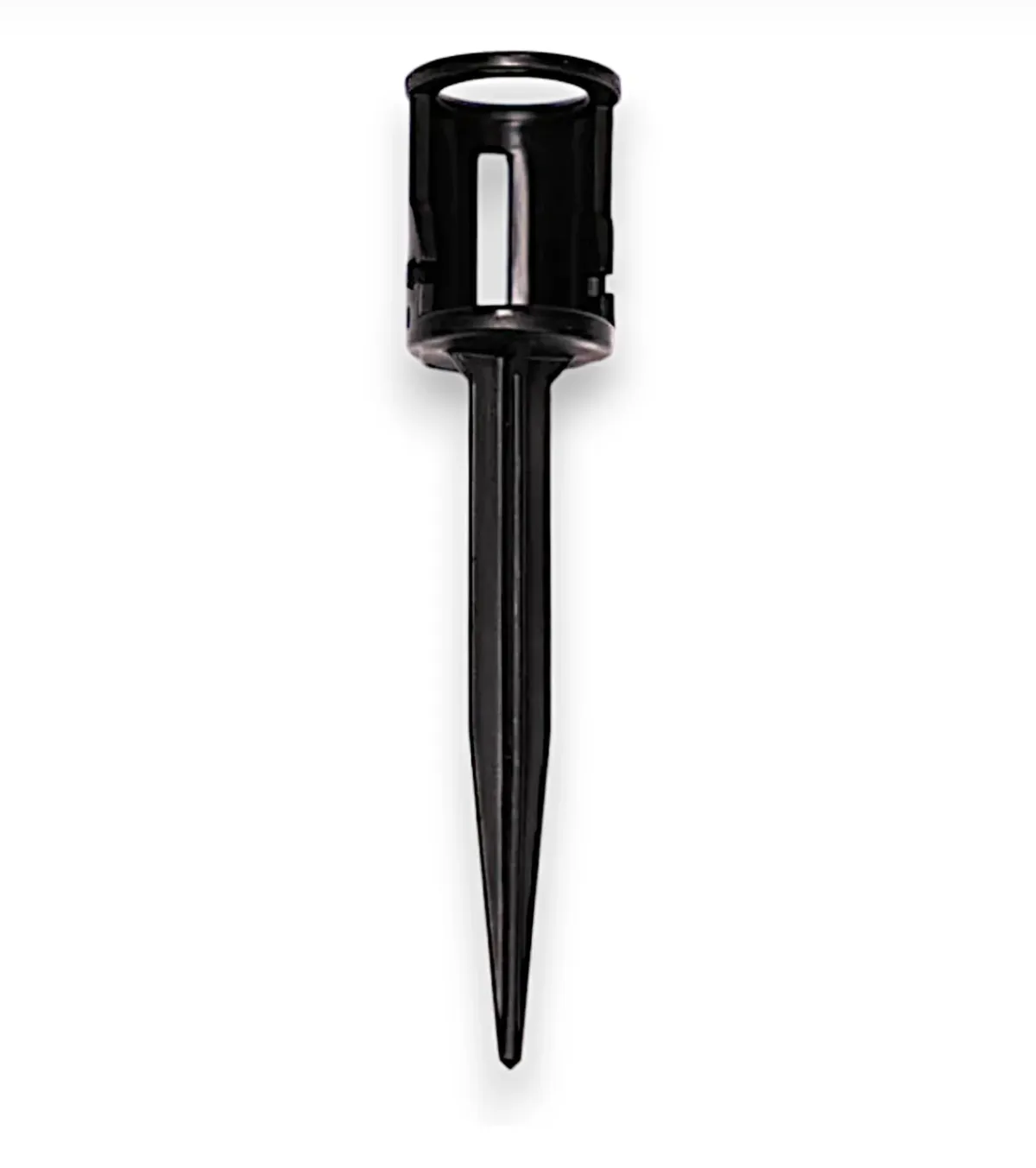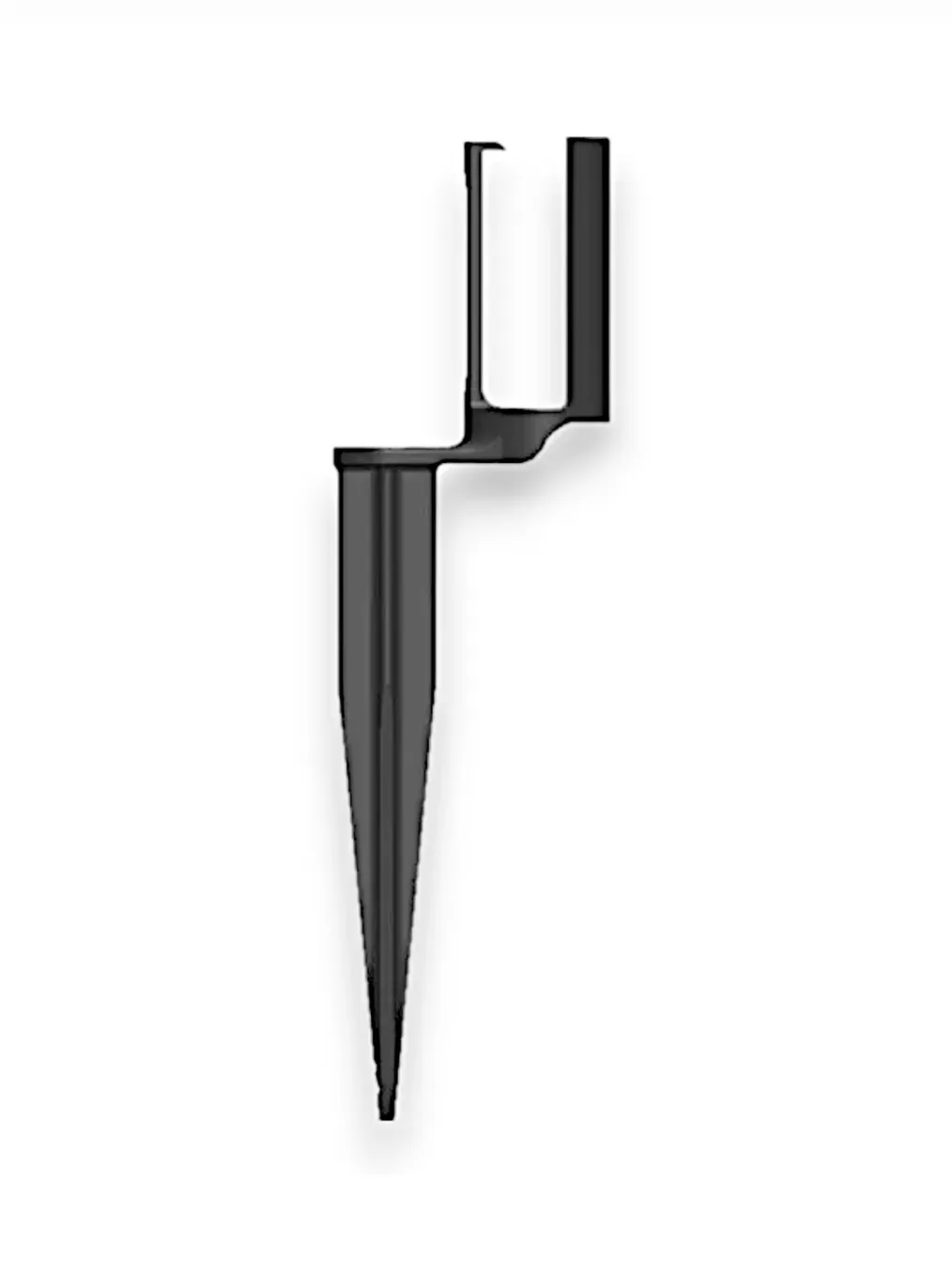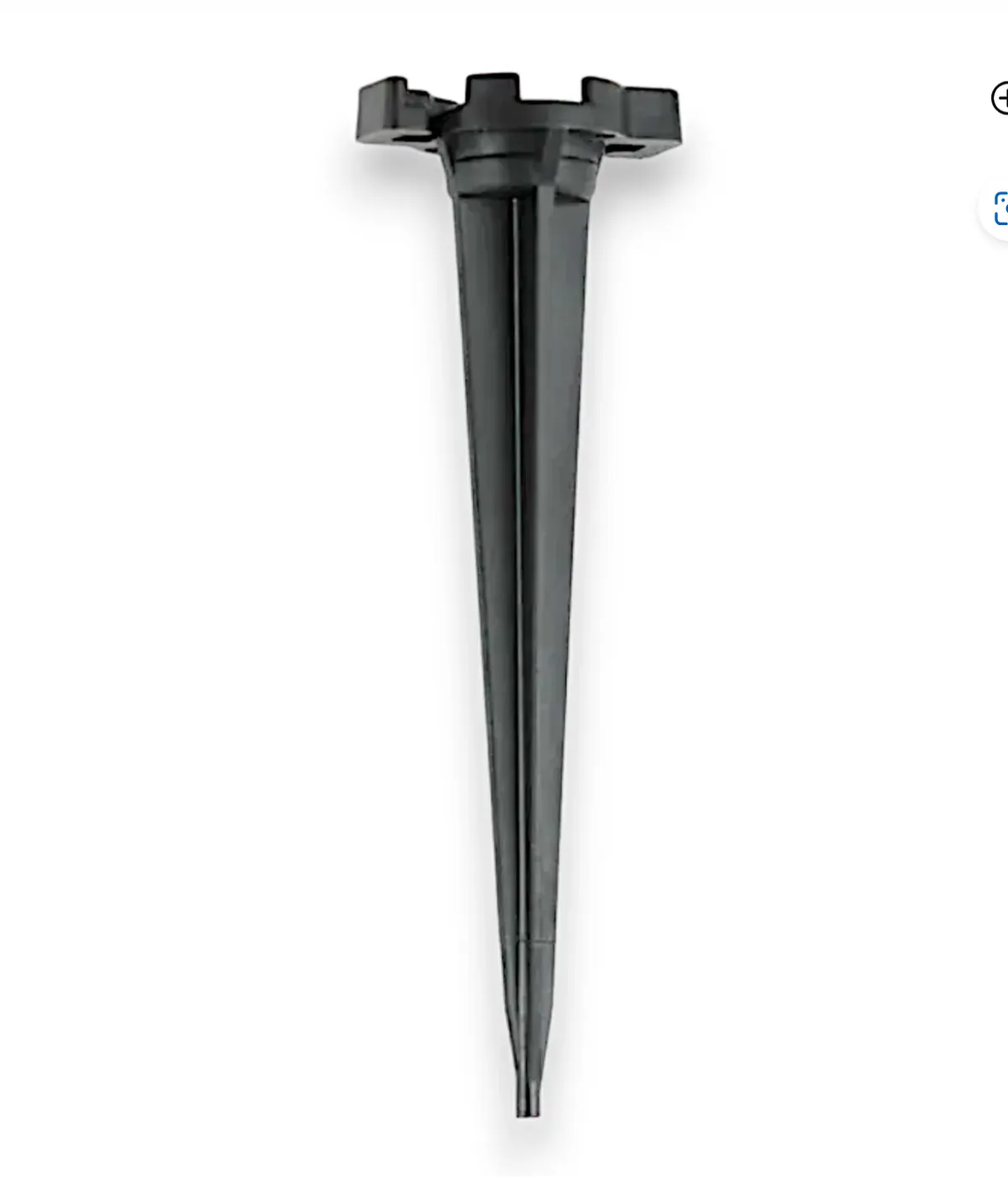Durable Light Stakes for Secure and
Professional Holiday Displays"
Ensure your holiday lights stay perfectly in place with our high-quality light stakes. Designed for durability and ease of use, these stakes provide a secure foundation for your outdoor Christmas displays, keeping your C7 and C9 lights neatly aligned and elevated. Whether you're a professional installer or a DIY enthusiast, our light stakes offer a reliable and long-lasting solution to enhance the beauty of your festive décor.
Light Stakes
C9/C7 Best Enclosed 5" Light Stake
Keep your outdoor Christmas lights securely in place with the C9/C7 Best Enclosed 5" Light Stake (Patent Pending). These stakes feature a unique enclosed design that firmly holds your C9 and C7 lights, ensuring they stay in place throughout the holiday season. Made from durable plastic, these stakes are designed to endure outdoor elements and can be reused year after year, making them a top choice for both professional and DIY decorators.
Key Features:
- Enclosed Design for Secure Hold: The enclosed design keeps your C9 and C7 bulbs securely fastened, preventing them from slipping out, even in challenging weather.
- Durable Plastic Construction: Crafted from high-quality plastic, these stakes are built to withstand harsh outdoor conditions, ensuring they last through multiple seasons.
- Reusable Year After Year: Designed for longevity, these stakes can be reused season after season, providing a cost-effective solution for your outdoor holiday displays.
- 5" Height: The 5" height is ideal for elevating your lights and keeping them neatly aligned along pathways, driveways, or garden beds for a clean, professional appearance.
- Patent Pending Design: With a patent-pending design, these stakes offer an innovative and effective solution for securing your C9 and C7 holiday lights.
Canny Systems Light Stake
The offset design of the Canny Systems Light Stake makes it easy to use a hammer on tougher ground. Available in 5", 7.5" and 11".
Features:
- 3-Prong Light Holders: Securely grip the light at the top of the socket for a more stable hold.
- Straight Alignment: Ensures your lights stay pointed straight up.
- Cord Protection: Prevents damage or strain on the socket cord.
- Quick Installation and Removal: Fast and easy install and removal
Universal 4.5" Light Stake
This 4.5" stake features a sharp point and rugged construction, making it easy to hammer into the ground if needed. It's perfect for neatly displaying lights throughout your landscape, creating a festive holiday atmosphere. Specifically designed to work best with standard C7 and C9 sockets.
Features:
- 4.5" Universal Light Stakes: Suitable for both C7 and C9 lights.
- Versatile Christmas Light Accessory: Ideal for outlining driveways, pathways, and yard edges along sidewalks with lights.
- Complete Your Display: These stakes help create a cohesive and polished look by extending your Christmas light display from the house down to the ground level.
Frequently Asked Questions
What types of lights do these stakes support?
Our light stakes are designed to securely hold C7 and C9 bulbs, providing a stable foundation for your holiday light displays.
Can these stakes be reused year after year?
Yes, our light stakes are made from durable plastic, allowing them to withstand harsh outdoor conditions and be reused season after season.
How easy is it to install and remove the light stakes?
Our light stakes feature an offset design that allows for quick and easy installation, even in hard ground. Removal is equally simple, making setup and takedown a breeze.
Will these stakes damage my light cords?
No, our stakes are designed to grip the light bulbs securely without putting any strain or causing damage to the socket cords.
Are there different sizes available?
Yes, our light stakes come in various sizes, including 5", 7.5", and 11", to accommodate different needs and ensure your lights are displayed at the perfect height.
Discover Expert Tips on Our Blog
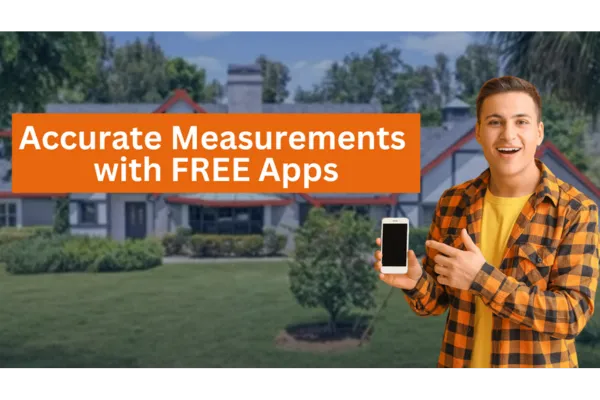
House Measurement Techniques for Accurate Bidding
When it comes to construction, renovation, or holiday decoration projects, accurate measurements are crucial. One wrong calculation can significantly impact your budget and timeline. Today, we'll explore three powerful free tools that help you measure buildings accurately from photos, ensuring your estimates are spot-on every time.
Why Accurate Measurements Matter
Consider this scenario: if you estimate a project at 140 feet when it's actually 200 feet, your cost calculations could be dramatically off. What started as $4 per foot might suddenly become $1 per foot, severely impacting your profit margins or project budget. This is why having reliable measuring techniques is essential for any contractor or DIY enthusiast.
Tool #1: ELEIF - The Professional's Choice
Measure in photo online ‐ eleif.net
ELEIF is a time-tested online measurement tool that offers precise calculations from photographs. Here's how to use it:
1. Upload your photo by dragging it into the interface
2. Set your reference measurement (typically a door width of 3 feet)
3. Use the measurement tool to mark key points along your structure
4. Record and add up all measurements
5. Add a 10% buffer for accuracy
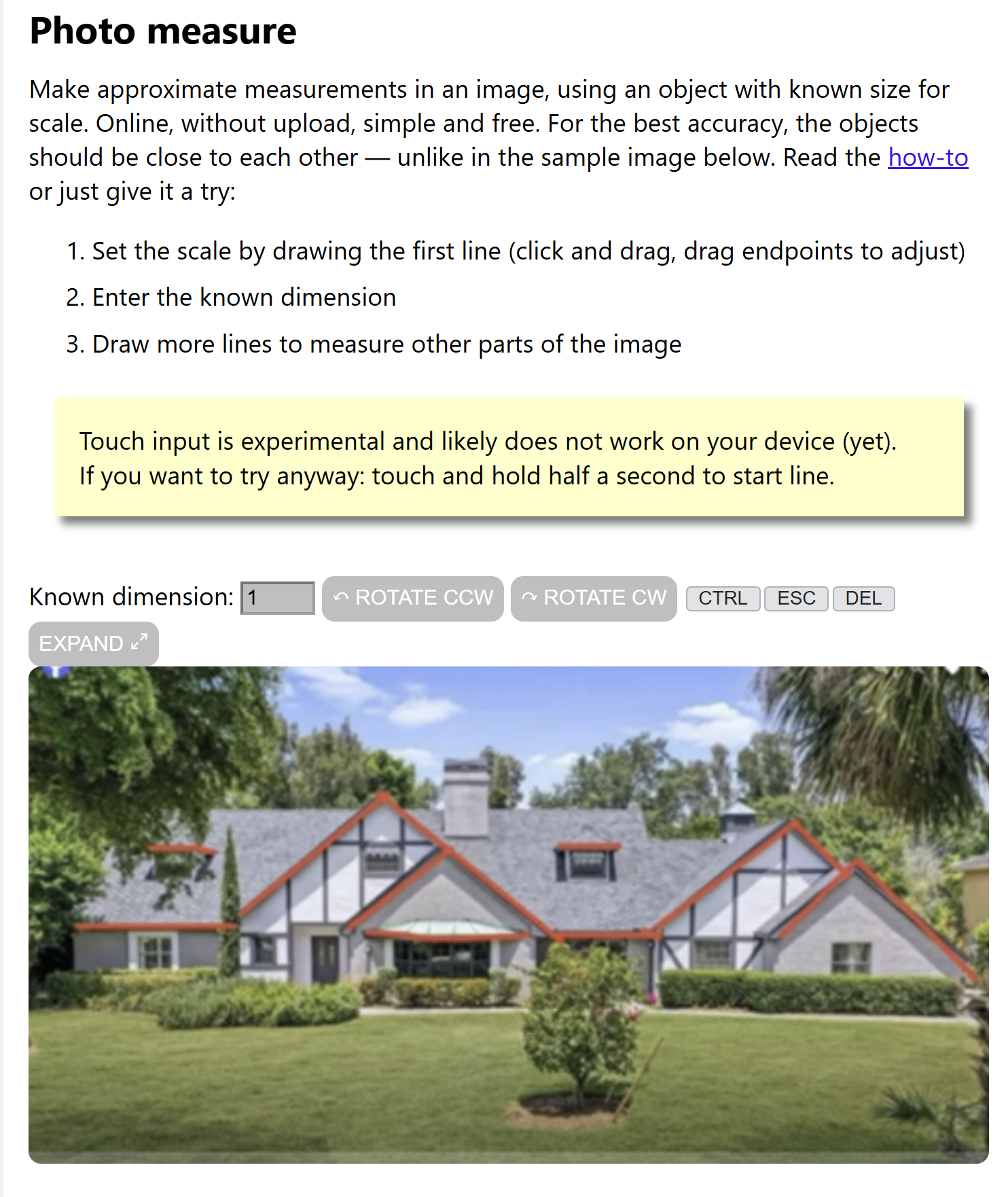
Pro Tip: When measuring complex structures, always account for architectural features that might not be immediately visible in the photo, such as door overhangs or roof extensions.
Tool #2: Image Measurement
This user-friendly tool offers enhanced zoom capabilities for more precise measurements:
1. Import your photo
2. Use the zoom function to get a clearer view
3. Set your reference point (again, using a door or known object)
4. Take measurements by clicking points along the structure
5. Calculate total measurements
6. Compare results with other tools for accuracy
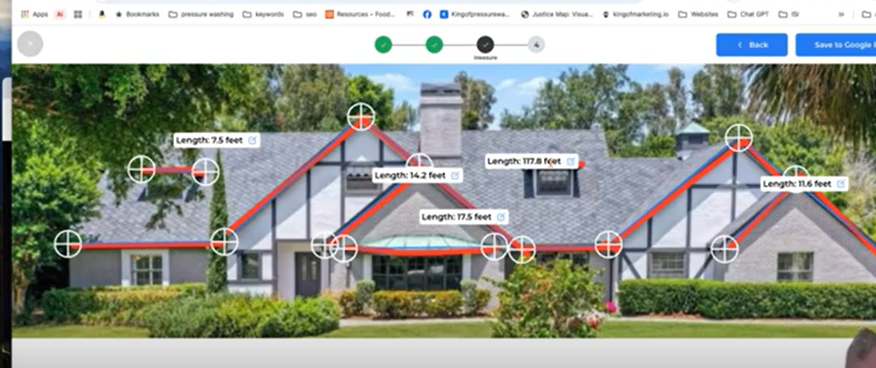
Tool #3: Canva - The Creative Solution
While primarily known for design work, Canva offers a surprisingly effective measurement solution:
1. Upload your photo to a YouTube thumbnail template
2. Use the ruler element tool
3. Set your reference measurement (3 feet for a standard door)
4. Duplicate and rotate the ruler to measure different sections
5. Track your measurements in increments (10 feet, 20 feet, etc.)
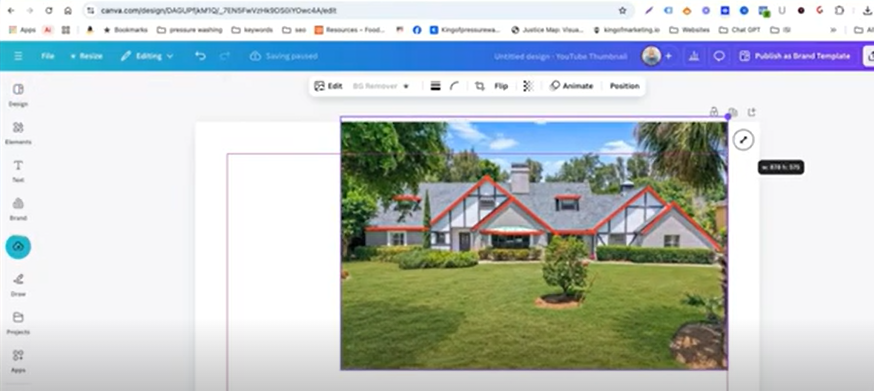
Best Practices for Digital Measuring
1. Use Known Reference Points
- Standard door width (3 feet)
- Garage doors (8 feet for single, 16 feet for double)
- Windows or other standard architectural features
2. Always Add a Buffer
- Include a 10% margin for error
- Account for hidden features not visible in photos
- Better to overestimate slightly than underestimate
3. Cross-Reference Your Results
- Use multiple tools to verify measurements
- Compare results between different methods
- Look for consistency in measurements
Common Pitfalls to Avoid
- Don't forget to account for:
- Door overhangs
- Architectural protrusions
- Roof extensions
- Corner details
- Changes in elevation
When to Use Which Tool
- ELEIF: Best for straight-line measurements and simple structures
- Image Measurement: Ideal for detailed work requiring zoom capability
- Canva: Perfect for quick estimates and visual reference points
Final Tips
1. Always verify your reference measurements
2. Take multiple measurements when possible
3. Document your process for consistency
4. Consider seasonal changes or structural variations
5. Keep records of your measurements for future reference
Remember, the goal isn't just to get a number – it's to get an accurate measurement that you can confidently use for project planning and execution. Whether you're a professional contractor or a DIY enthusiast, these tools can help you achieve precise measurements without stepping foot on the property.
Want to learn more about construction measurements and professional techniques? Visit ChristmasLights.io for additional resources and tips from industry experts.
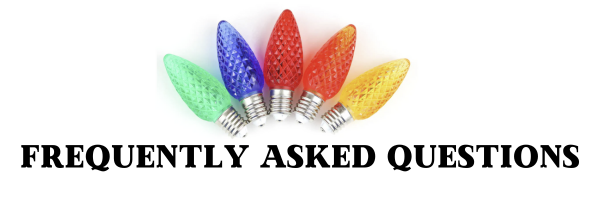
Q: Why should I use multiple apps to measure the same building?
A: Using multiple measurement tools helps verify your calculations and ensures accuracy. Each tool has its own strengths - for example, Image Measurement offers better zoom capabilities, while Canva provides easy-to-duplicate measurement units. By cross-referencing results between different apps, you can catch potential errors and arrive at the most accurate measurement.
Q: What's the best reference point to use when measuring from a photo?
A: The most reliable reference points are standardized building features:
- A standard door (3 feet wide)
- A garage door (8 feet for single, 16 feet for double)
- Standard windows
Always try to use the garage door as your first choice since it provides a larger reference point, which can lead to more accurate measurements across the entire structure.
Q: Why should I add 10% to my measurements?
A: Adding 10% serves as a safety buffer for several reasons:
- Accounts for hidden architectural features not visible in photos
- Compensates for potential measurement errors
- Covers unexpected protrusions or overhangs
- Ensures you have enough materials for the project
It's better to slightly overestimate than to run short on materials or underquote a project.
Q: Can these tools replace physical measurements?
A: While these digital tools are extremely helpful for initial estimates and remote measurements, they work best as complementary tools to physical measurements. For final, detailed work, it's still recommended to take physical measurements when possible. However, these apps are excellent for:
- Initial project estimates
- Remote quotes
- Preliminary planning
- Situations where physical access isn't immediately possible
Q: What can cause inaccurate measurements when using these apps?
A: Several factors can affect measurement accuracy:
- Using an incorrect reference point size
- Not accounting for perspective in photos
- Overlooking architectural features like overhangs
- Poor photo quality or angle
- Not considering depth in protruding features
To minimize errors, always use clear photos taken straight-on, verify your reference measurements, and cross-check results between different tools.
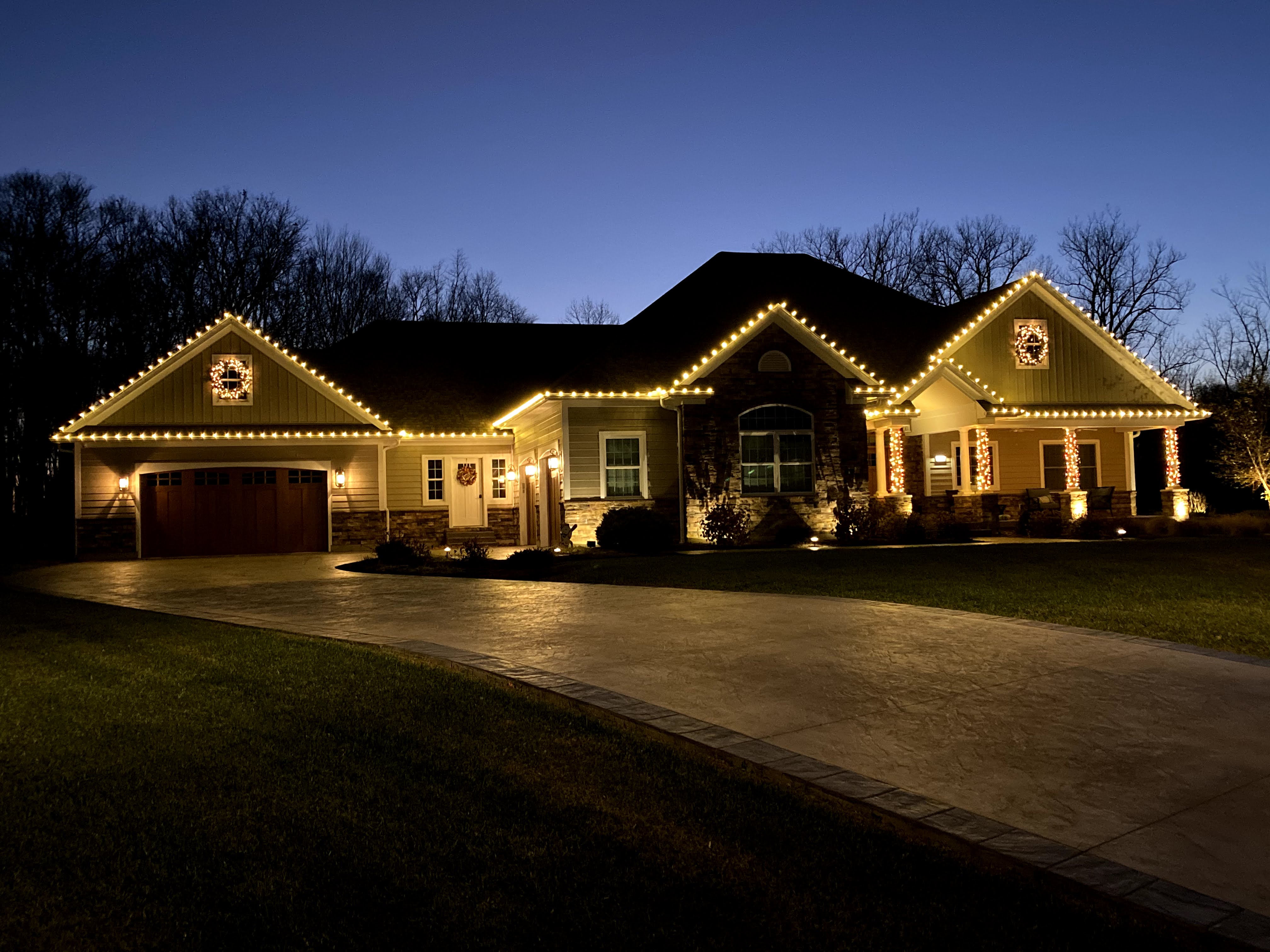
Q: Are these tools really free to use?
A: Yes, all three tools mentioned (ELEIF, Image Measurement, and Canva) offer free versions that include their measurement capabilities. While Canva does have a premium version, the measurement features discussed are available in the free version.
Q: How do I handle complex architectural features like bay windows or irregular shapes?
A: For complex features:
1. Break down the measurement into smaller, manageable sections
2. Measure each section individually
3. Account for depth and protrusions
4. Add extra buffer for irregular shapes
5. Consider taking multiple photos from different angles to better understand the structure
Q: What's the best way to document measurements for future reference?
A: Best practices for measurement documentation include:
- Take screenshots your measurements in each app
- Create a spreadsheet with all measurements and calculations
- Note which reference points were used
- Record the date and conditions of measurement
- Save the original photos used for measuring
- Document any assumptions or special considerations made
Q: How accurate are these digital measuring tools?
A: When used correctly with proper reference points and clear photos, these tools can be accurate within 5-10% of physical measurements. However, accuracy depends on:
- Quality and angle of the reference photo
- Accuracy of the reference point measurement
- Complexity of the structure
- User expertise in using the tools
This is why using multiple tools and adding a 10% buffer is recommended for professional estimates.
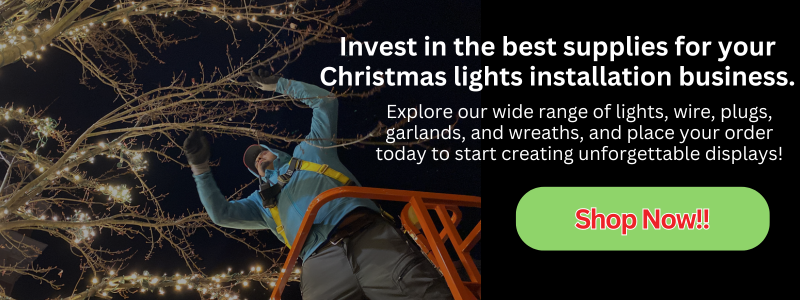
Have more questions about digital measuring techniques? Visit ChristmasLights.io for additional resources and expert guidance.
Copyright ©2024 All Right Reserved website designed by christmaslights.io
Terms of Service / Privacy Policy
Have questions or need assistance?
Contact us at (855)619-LITE


